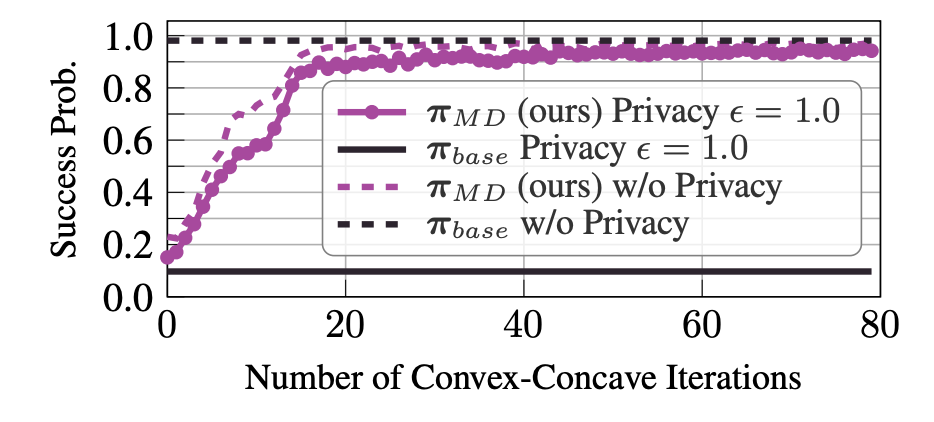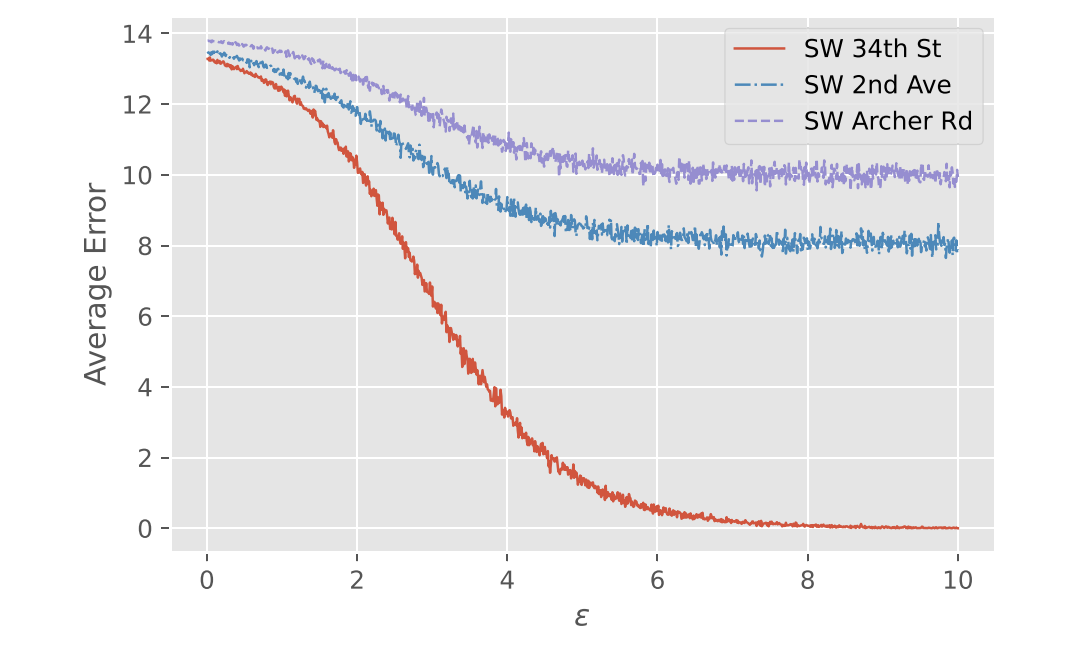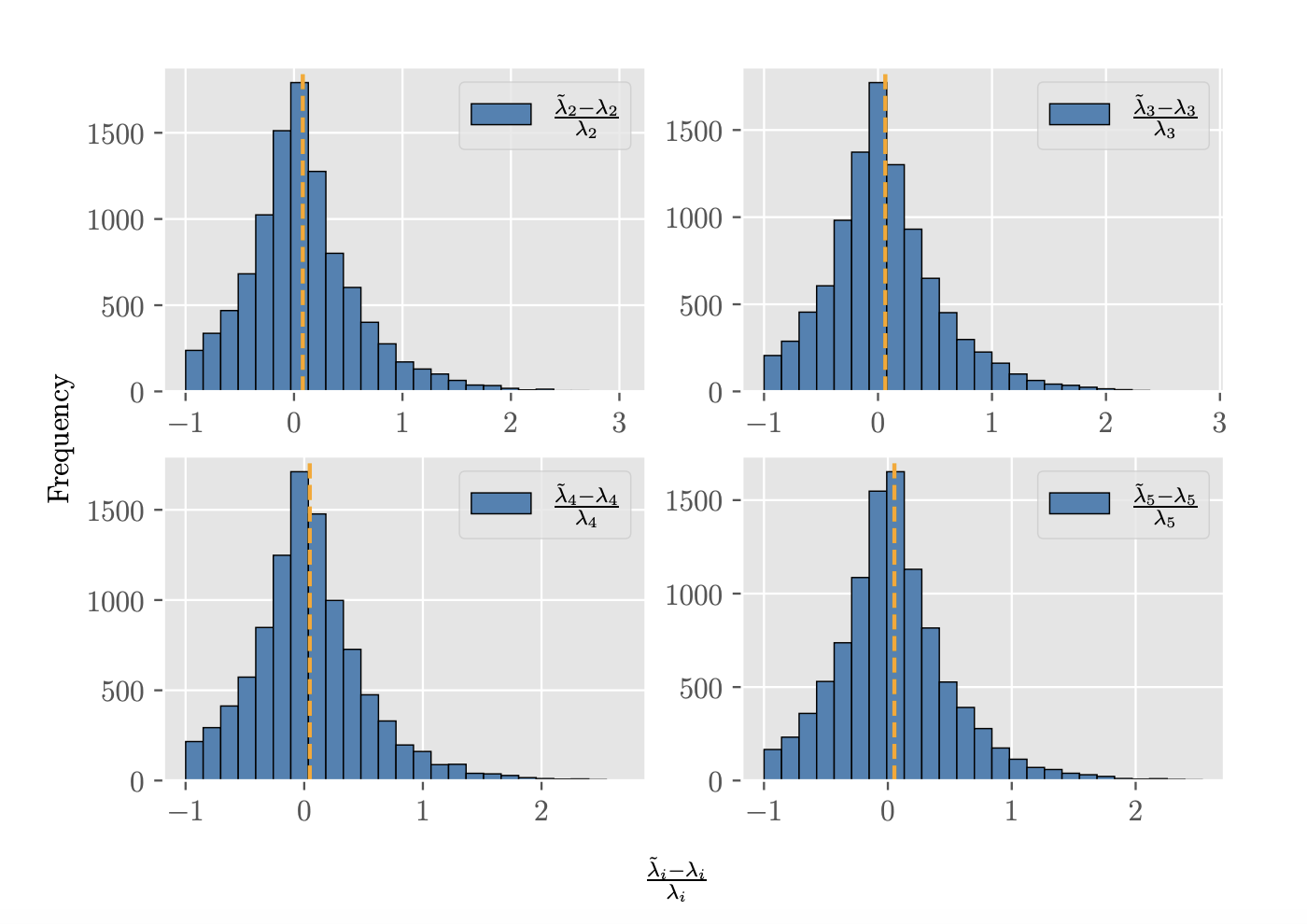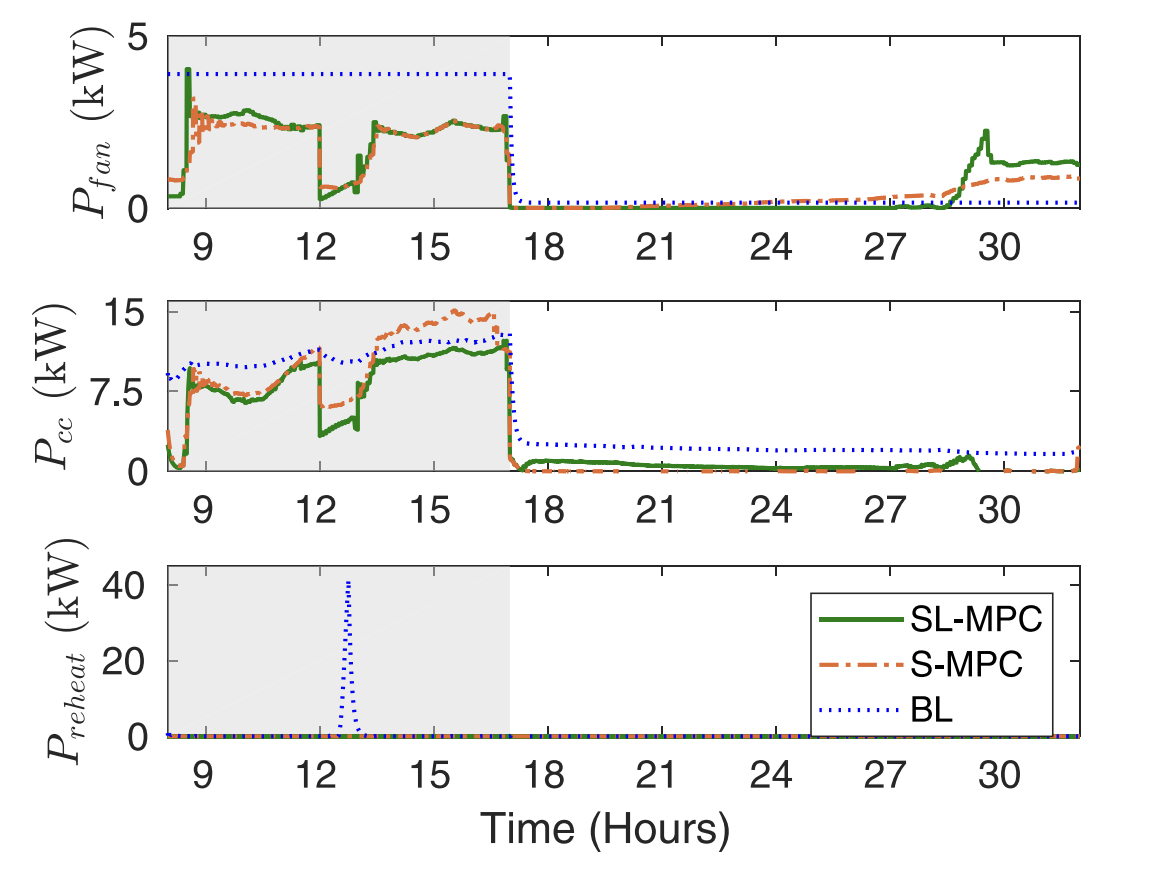Selected Publications
Differential Privacy in Cooperative Multiagent Planning
Bo Chen*, Calvin Hawkins*, Mustafa O. Karabag*, Cyrus Neary*, Matthew Hale, and Ufuk Topcu
The Conference on Uncertainty in Aritifical Intelligence (UAI) 2023.
* indicates equal contribution.

Privacy-aware multiagent systems must protect agents’ sensitive data while simultaneously ensuring that agents accomplish their shared objectives. Towards this goal, we propose a framework to privatize inter-agent communications in cooperative multiagent decision-making problems. We study sequential decision-making problems formulated as cooperative Markov games with reach-avoid objectives. We apply a differential privacy mechanism to privatize agents’ communicated symbolic state trajectories, and analyze tradeoffs between the strength of privacy and the team’s performance. For a given level of privacy, this tradeoff is shown to depend critically upon the total correlation among agents’ state-action processes. We synthesize policies that are robust to privacy by reducing the value of the total correlation.
Differential Privacy for Symbolic Systems with Application to Markov Chains
Bo Chen, Kevin Leahy, Austin Jones, and Matthew Hale
Automatica, Volume 152, 2023, 110908, ISSN 0005-1098.

Data-driven systems are gathering increasing amounts of data from users, and sensitive user data requires privacy protections. In some cases, the data gathered is non-numerical or symbolic, and conventional approaches to privacy, e.g., adding noise, do not apply, though such systems still require privacy protections. Accordingly, we present a novel differential privacy framework for protecting trajectories generated by symbolic systems. These trajectories can be represented as words or strings over a finite alphabet. We develop new differential privacy mechanisms that approximate a sensitive word using a random word that is likely to be near it. An offline mechanism is implemented efficiently using a Modified Hamming Distance Automaton to generate whole privatized output words over a finite time horizon. Then, an online mechanism is implemented by taking in a sensitive symbol and generating a randomized output symbol at each timestep. This work is extended to Markov chains to generate differentially private state sequences that a given Markov chain could have produced. Statistical accuracy bounds are developed to quantify the accuracy of these mechanisms, and numerical results validate the accuracy of these techniques for vechicle trajectories.
The Bounded Gaussian Mechanism for Differential Privacy
Bo Chen, and Matthew Hale
Accepted by Journal of Privacy and Confidentiality.

The Gaussian mechanism is one differential privacy mechanism commonly used to protect numerical data. However, it may be ill-suited to some applications because it has unbounded support and thus can produce invalid numerical answers to queries, such as negative ages or human heights in the tens of meters. One can project such private values onto valid ranges of data, though such projections lead to the accumulation of private query responses at the boundaries of such ranges, thereby harming accuracy. Motivated by the need for both privacy and accuracy over bounded domains, we present a bounded Gaussian mechanism for differential privacy, which has support only on a given region. We present both univariate and multivariate versions of this mechanism and illustrate a significant reduction in variance relative to comparable existing work.
Node and Edge Differential Privacy for Graph Laplacian Spectra: Mechanisms and Scaling Laws
Calvin Hawkins, Bo Chen, Kasra Yazdani, and Matthew Hale
Under Review. IEEE Transactions on Network Science and Engineering.

This paper develops a framework for privatizing the spectrum of the graph Laplacian of an undirected graph using differential privacy. We consider two privacy formulations. The first obfuscates the presence of edges in the graph and the second obfuscates the presence of nodes. We compare these two privacy formulations and show that the privacy formulation that considers edges is better suited to most engineering applications. We use the bounded Laplace mechanism to provide differential privacy to the eigenvalues of a graph Laplacian, and we pay special attention to the algebraic connectivity, which is the Laplacian’s second smallest eigenvalue. Analytical bounds are presented on the the accuracy of the mechanisms and on certain graph properties computed with private spectra. A suite of numerical examples confirms the accuracy of private spectra in practice.
On Energy-efficient HVAC Operation with Model Predictive Control: A Multiple Climate Zone Study
Naren Srivaths Raman, Bo Chen, and Prabir Barooah
Applied Energy, Volume 324, 2022, 119752, ISSN 0306-2619.

This paper aims to quantify the performance of Model Predictive Control (MPC) for a typical commercial building heating, ventilation and air conditioning (HVAC) system across a wide range of climate and weather conditions. The motivation of the study comes from the fact that although there is a large body of work on MPC for HVAC systems, there is a lack of studies that examine the range of possible performance of MPC, in terms of both energy savings and maintaining indoor climate (temperature and humidity) as a function of outdoor weather. A challenge in conducting such a study is developing an MPC controller that can be used in a wide range of weather. The root cause of this challenge is the need for a tractable cooling and dehumidification coil model that can be used by the MPC controller, since the coil may operate in quite distinct modes depending on weather. We present such an MPC controller, and then leverage it to conduct an extensive simulation campaign for fourteen climate zones in the United States and four weather conditions (winter, spring, summer, and fall) in each climate zone. The performance of the proposed controller is compared with not only a rule-based baseline controller but also with a simpler MPC controller that ignores humidity and latent heat considerations. There are several results the arise from this comparative study. One such result is that energy savings from MPC over baseline can vary dramatically based on climate and season. Another is that the effect of ignoring humidity in the MPC formulation can lead to poor indoor humidity control more in milder weather rather than in hot weather. The results from this study can help practitioners and researchers assess costs and benefits of proposed MPC formulations for HVAC control.
Naren Srivaths Raman, Karthikeya Devaprasad, Bo Chen, Herbert A. Ingley, and Prabir Barooah
Applied Energy, Volume 279, 2020, 115765, ISSN 0306-2619.

Even though energy-efficient climate control of commercial buildings using model predictive control (MPC) has been widely investigated, most MPC formulations ignore humidity and latent heat. The inclusion of moisture makes the problem considerably more challenging, primarily since a cooling and dehumidifying coil model which accounts for both sensible and latent heat transfers is needed. In this work, we propose an MPC controller in which humidity and latent heat are incorporated in a principled manner. We construct low order data-driven models of a cooling and dehumidifying coil that can be used in the MPC formulation. The resulting controller’s performance is tested in simulation using a plant that differs significantly from the model used by the optimizer. Additionally, the performance of the proposed controller is compared with that of a naive MPC controller which does not explicitly consider humidity, and also to that of a conventional rule-based controller. Simulations show that the proposed MPC controller outperforms the other two in terms of energy use and thermal comfort. It is also observed that the naive MPC formulation which does not consider humidity leads to poor humidity control under certain conditions. Such violations in humidity can adversely affect occupant comfort and health.
